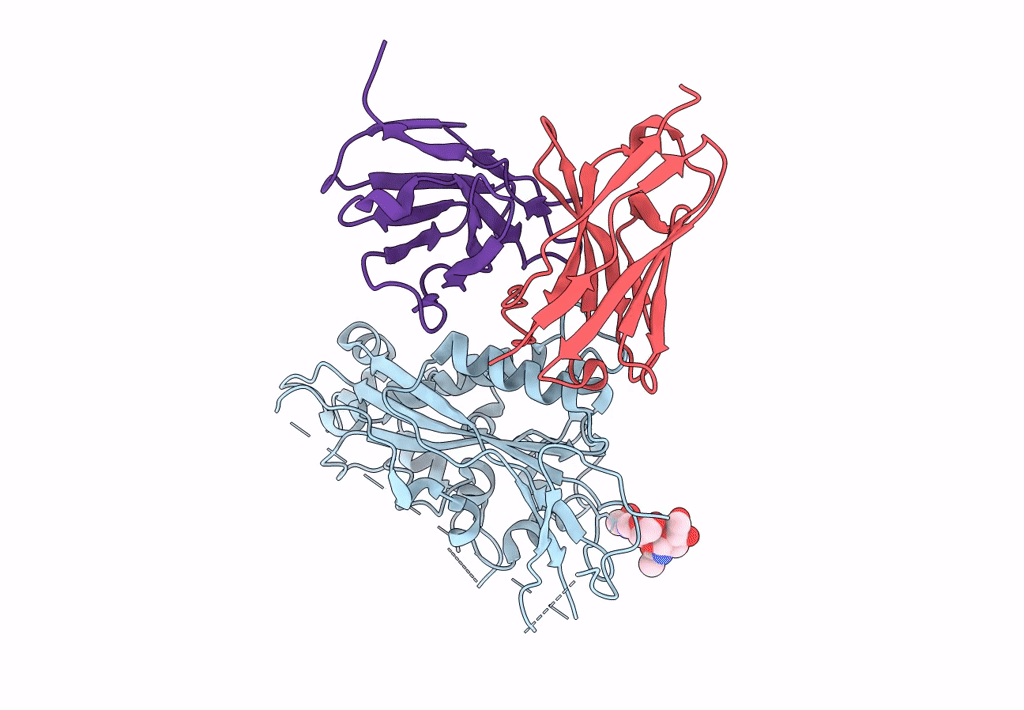
Deposition Date
2021-02-02
Release Date
2021-06-30
Last Version Date
2024-11-13
Entry Detail
PDB ID:
7LKF
Keywords:
Title:
WT Chicken Scap L1-L7 / Fab 4G10 complex focused refinement
Biological Source:
Source Organism:
Gallus gallus (Taxon ID: 9031)
Mus musculus (Taxon ID: 10090)
Mus musculus (Taxon ID: 10090)
Host Organism:
Method Details:
Experimental Method:
Resolution:
2.90 Å
Aggregation State:
PARTICLE
Reconstruction Method:
SINGLE PARTICLE


